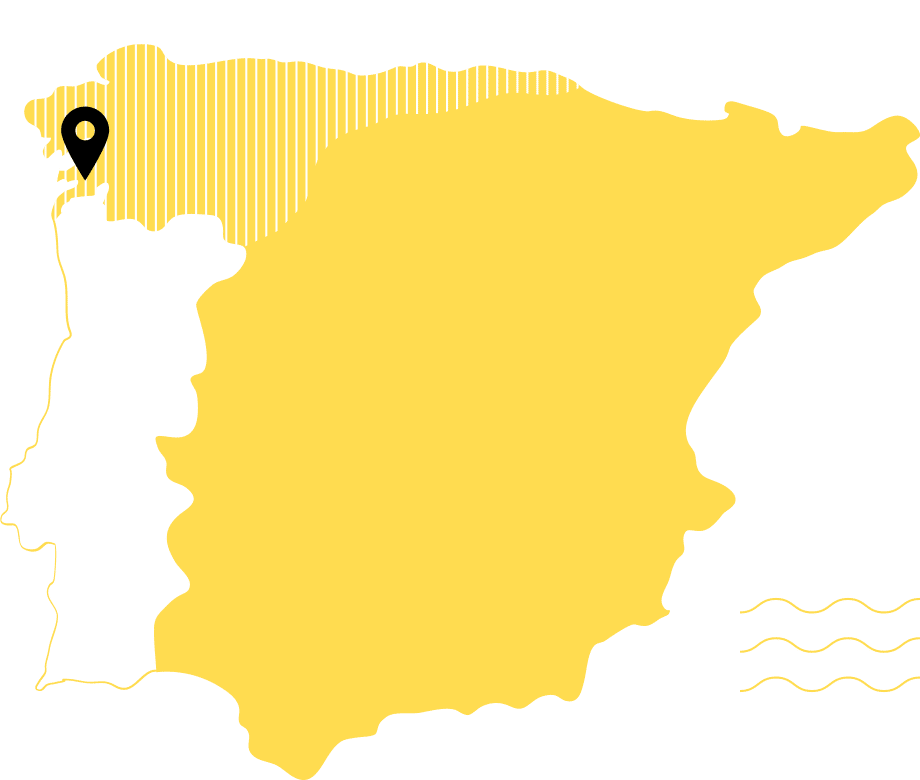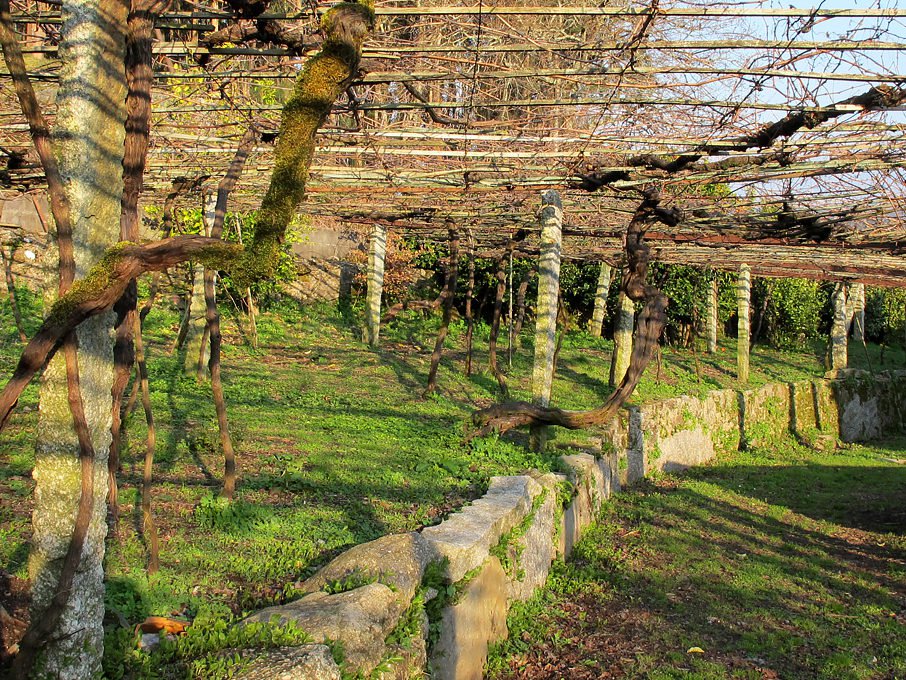
Unusual reds and some of the finest Albariño in the Rías Baixas.
Forjas del Salnés is the winery of Rodrigo Méndez, whose family has a long and proud viticultural history in the Rías Baixas. Rodrigo has consistently produced some of the finest Albariños of the region, especially from the beautiful, hundred-year-old Finca Genoveva vineyard, but it’s the unusual red varietals that seem to be the soul of the project.
Rodrigo’s family preserved plantings of local reds – Caiño, Espadiero and Louriero Tinto – while other farmers of the Rías Baixas were busily pulling them out in favour of more productive Albariño clones. As a result, 99% of Rías Baixas production is white wine and over 95% of that is Albariño, according to figures from the Consejo Regulador.
From these old plots, Rodrigo produces elegant, cool climate, light bodied reds like Bastion de Luna, that show all the hallmark salinity of the Salnés valley.
The Region

Rías Baixas DO
Atlantic

Rías is a Galician term that translates roughly as delta or fjord, and refers to the network of waterways that lie north of the Portuguese border where several large rivers meet the Atlantic Ocean.
The waterways themselves are incredibly fertile: packed with mussels, clams, small sardines, mackerel and scallops. On land, there’s a long, proud tradition of viticulture in the Rías Baixas that still shows hallmarks of its agrarian roots.
Traditionally, grape growing and wine making here was done family by family, small plot by small plot. Each grower tended their personal parcel of vines, typically trellised to stone columns with branches looming nearly two meters above ground. This pergola system helps keep grapes away from the humidity that is endemic in the Rías, and allows families to grow a few things under the vines.
Almost all the current production in the Rías Baixas is from the white Albariño. At its best, Albariño shows a steely acid backbone and often a lick of salinity. More commercial versions take advantage of the grape’s tendency to show more tropical fruit characters and tamer acid the longer it’s on the vine, resulting in fruity, quaffable whites.
There’s also a fascinating array of red grapes grown in the region, which are lighter: almost Pinot like and tightly structured. Unfortunately the success of Albariño has come at the cost of the red varieties, which have fallen into obscurity as more and more vineyards replanted with Albariño.
Wine from Forjas del Salnés
Get the latest news and Salvador's Seasonal Picks




